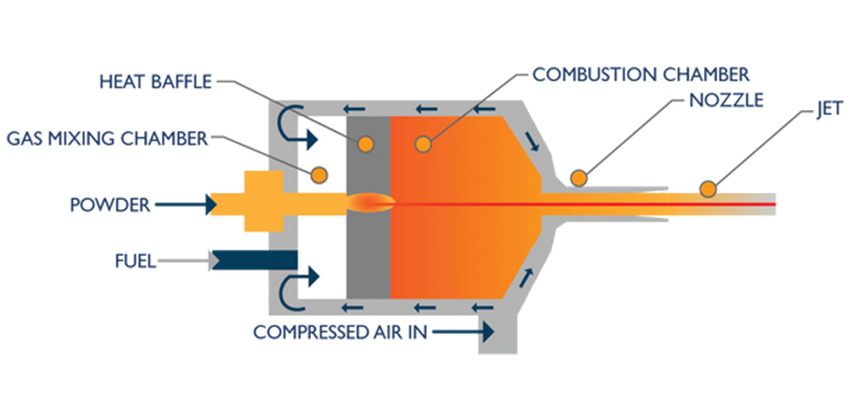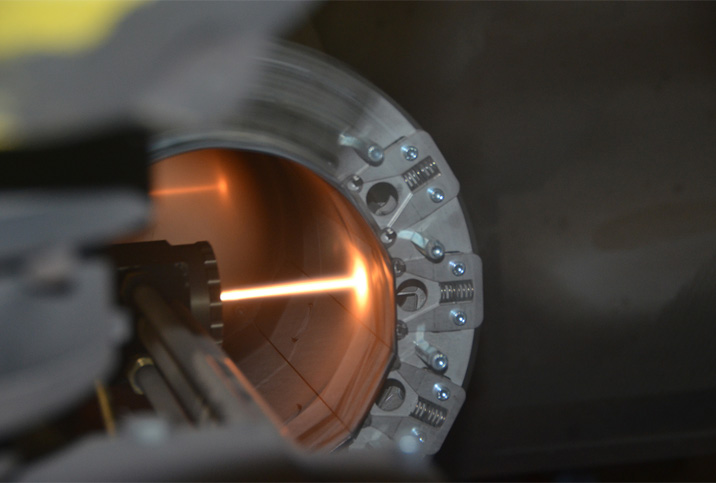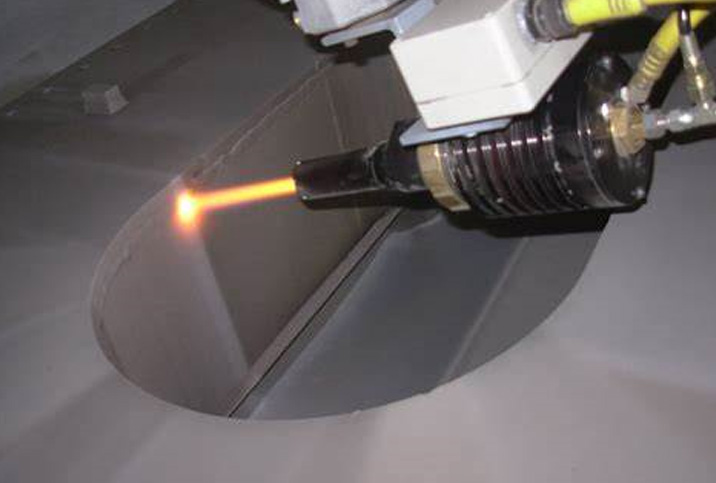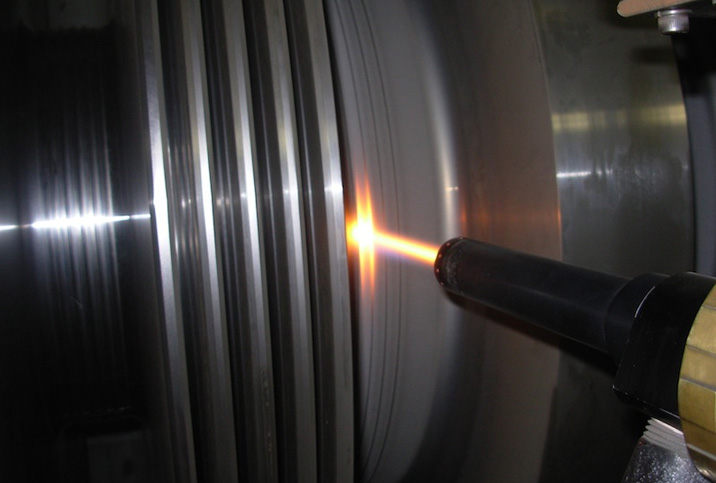
Process Details
- Fuel and air mixed
- Combustion generates high pressure
- Powder injected into jet
- Particles accelerated at supersonic speed
- Molten particles impact surface
- Dense and strong coating forms
- Surface finished as required
High Velocity Air Fuel (HVAF) Coating Process
HVAF, or High Velocity Air Fuel, is a highly advanced coating technology that builds upon the principles of HVOF (High Velocity Oxygen Fuel) spray. By enhancing these methods, HVAF delivers coatings that are stronger and more uniform compared to traditional techniques. The flame temperature of HVAF is closer to the melting point of most coating materials, effectively preventing breakdown caused by particle overheating. As a result, HVAF coatings are the most consistent in terms of mechanical properties within the range of thermal spray technologies offered at veercoat Coatings.
The unique advantages of HVAF coatings include superior abrasion, wear, and corrosion resistance. Moreover, the lower spray temperature involved in HVAF application contributes to increased ductility, which plays a significant role in protecting against cavitation damage.
HVAF coating technology utilizes the combustion of propane within a compressed air stream. Similar to HVOF, this process generates a high-velocity jet, but HVAF further improves stability by incorporating a heat baffle to refine the thermal spray mechanism. Material is introduced into the air-fuel stream, and coating particles are accelerated toward the part to be coated. This technology offers the dual benefits of faster coating processes and enhanced wear and corrosion resistance, all while maintaining a lower spray temperature.
- Higher density
- lower porosity
- Higher strength bond to the underlying substrate and improved cohesive strength within the coating
- Better wear resistance
- Better Impact resistance
- High Hardness
- Tungsten Carbide
- Chromium Carbide
- Nickel-Based Alloys
- Stainless Steel



